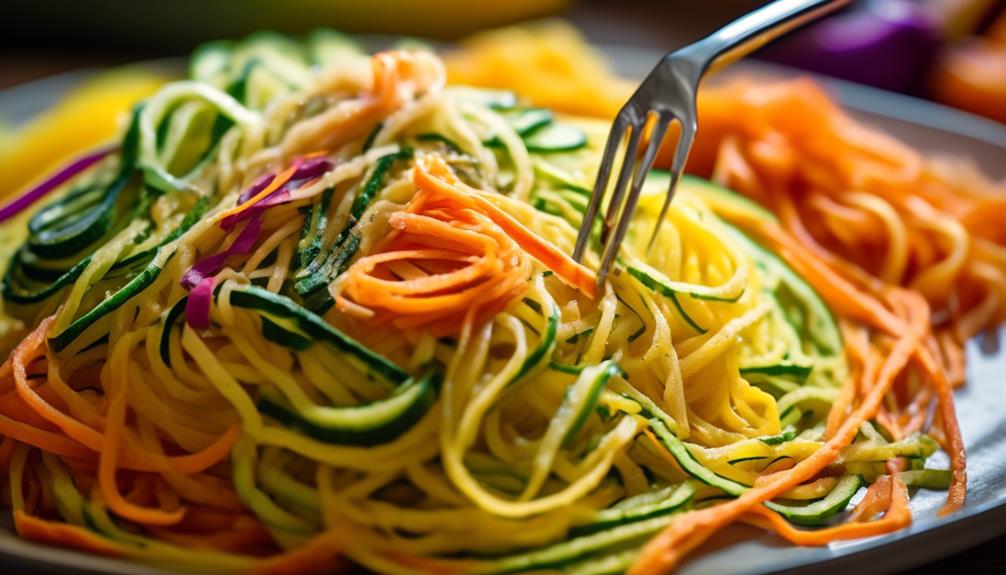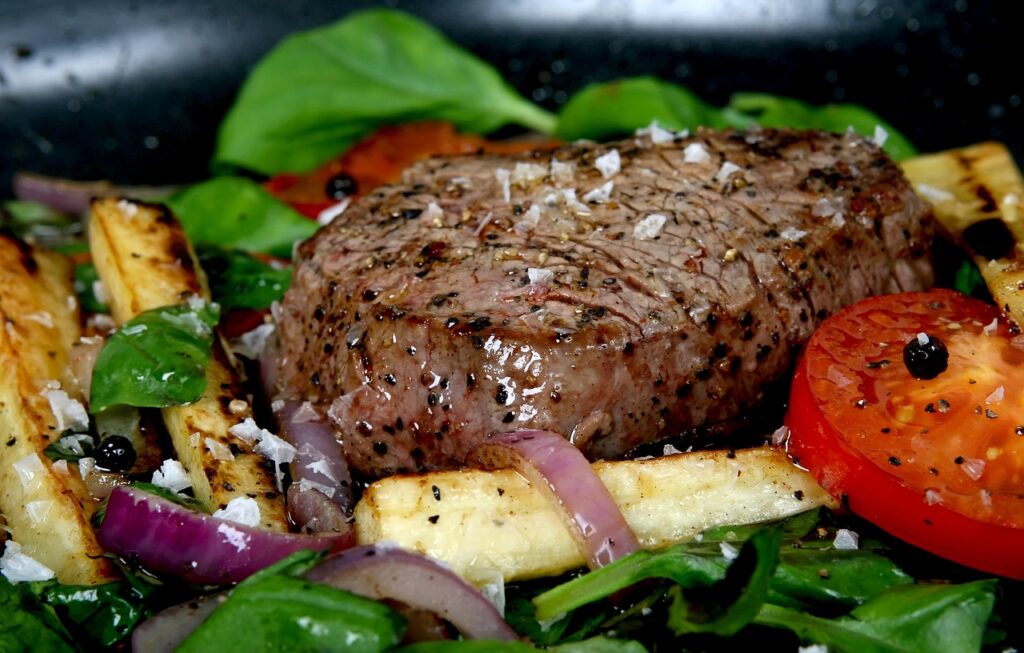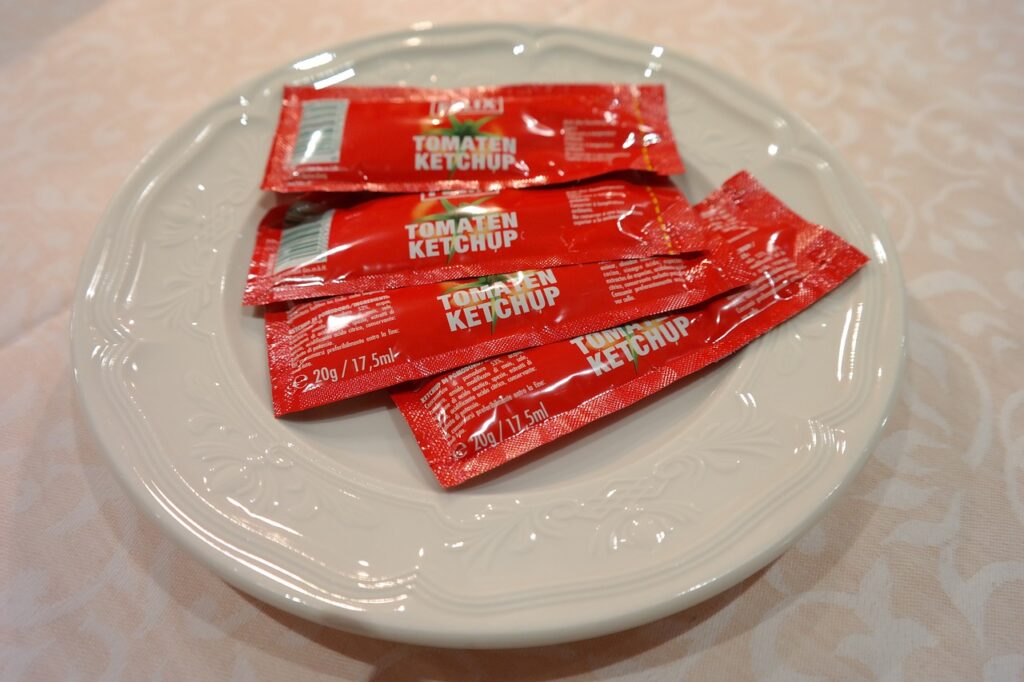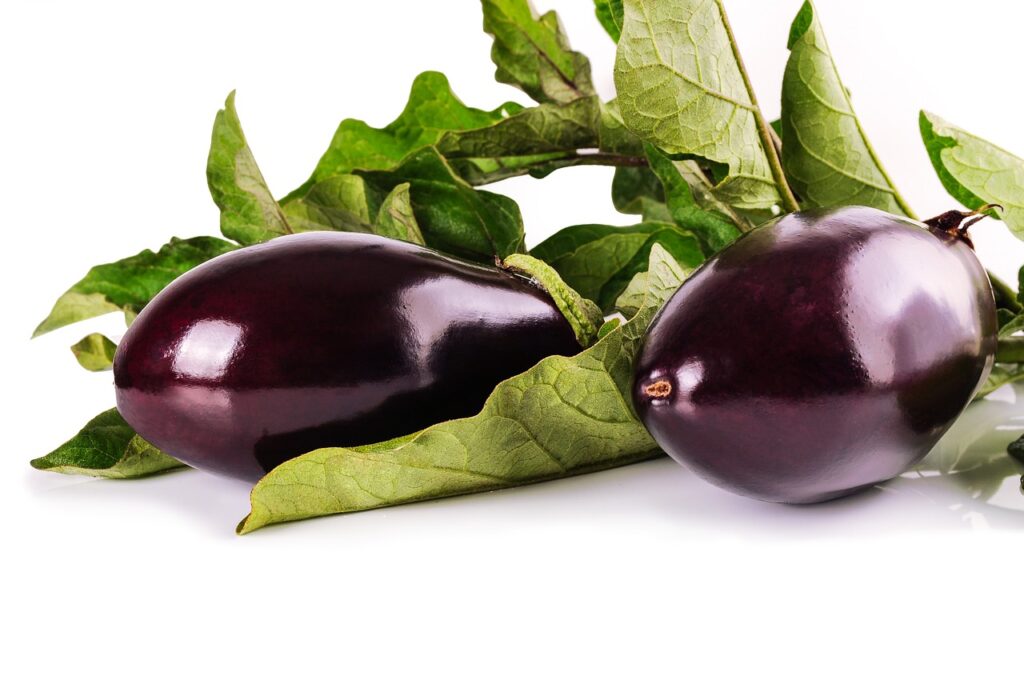Are you tired of feeling weighed down by heavy pasta dishes but still crave that comforting noodle texture? Look no further, as we unveil the secret to enjoying low-carb versions of your favorite pasta recipes.
In this discussion, we will explore eight of the best low-carb noodle swaps for keto recipes. From the symbolic and versatile zucchini noodles to the surprisingly satisfying shirataki noodles, we have got you covered.
But wait, there's more! Stay tuned to discover the other six options that will revolutionize your keto cooking.
Shirataki Noodles

Shirataki noodles, a popular low-carb noodle alternative, offer a versatile and keto-friendly option for those following a low-carbohydrate diet. These noodles are made from the konjac plant, which is rich in glucomannan, a type of soluble fiber. Despite being virtually calorie-free and carb-free, Shirataki noodles provide some nutritional value. They contain small amounts of calcium, iron, and potassium. Additionally, they're gluten-free, making them suitable for individuals with gluten sensitivities or celiac disease.
One of the main health benefits of Shirataki noodles is their ability to promote feelings of fullness and aid in weight loss. The high fiber content slows down digestion and prolongs satiety, helping to reduce overall calorie intake. Moreover, the soluble fiber in Shirataki noodles can help regulate blood sugar levels by slowing down the absorption of glucose. This makes them particularly beneficial for individuals with diabetes or those looking to manage their blood sugar levels.
It's important to note that while Shirataki noodles are a nutritious choice, they've a distinct texture and a slightly fishy smell due to the water they're packaged in. However, rinsing them thoroughly and cooking them properly can reduce these characteristics. Incorporating Shirataki noodles into your low-carb diet can be a great way to enjoy noodle dishes while still staying on track with your nutritional goals.
Zucchini Noodles
If you're looking for another low-carb noodle option to add variety to your keto recipes, zucchini noodles are a delicious and nutritious choice. Zucchini noodles, also known as zoodles, are made by spiralizing fresh zucchini into noodle-like strands. They provide a light and refreshing alternative to traditional pasta, while being low in carbs and calories.
Zucchini noodles can be used in a wide variety of dishes, from salads to stir-fries and even in place of spaghetti. They're incredibly versatile and can be prepared in numerous ways. For a simple and quick meal, try tossing zucchini noodles with olive oil, garlic, and parmesan cheese. You can also sauté them with other low-carb vegetables like bell peppers and mushrooms for a flavorful stir-fry.
Not only are zucchini noodles low in carbs, but they also offer several health benefits. Zucchini is rich in fiber, which aids in digestion and promotes feelings of fullness. It's also a great source of vitamins A and C, as well as potassium. These nutrients support a healthy immune system, boost collagen production, and help maintain proper fluid balance in the body.
Incorporating zucchini noodles into your keto recipes can provide a satisfying and nutritious alternative to traditional pasta. So why not give them a try and explore the many delicious zucchini noodle recipes available?
Spaghetti Squash
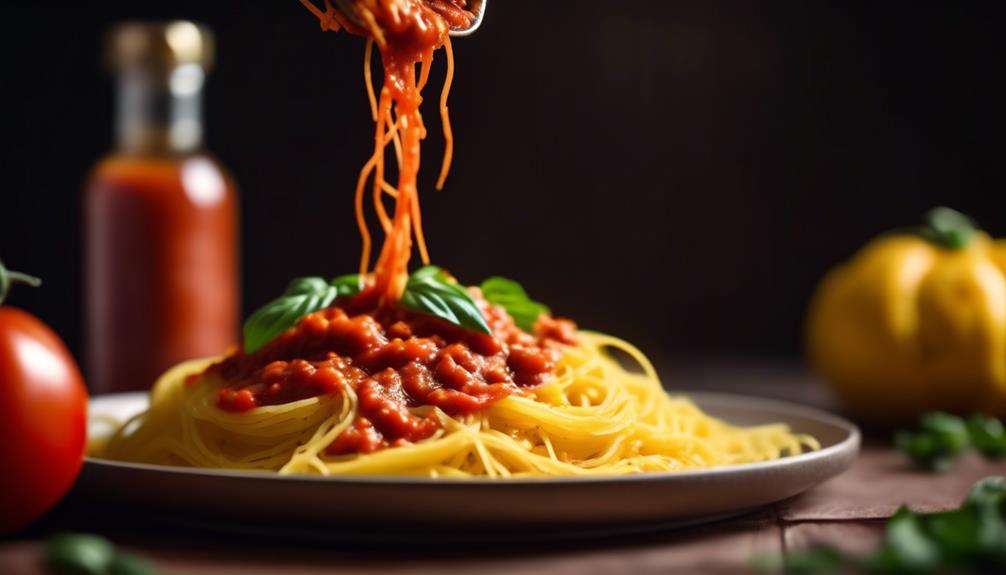
Spaghetti squash is a versatile and nutritious low-carb noodle swap for keto recipes. It's rich in vitamins A, C, and B6, as well as fiber and antioxidants.
To cook spaghetti squash, simply cut it in half lengthwise, remove the seeds, and roast it in the oven until the flesh can be easily shredded into noodle-like strands.
Nutritional Benefits
Packed with essential vitamins and minerals, spaghetti squash is a nutritious low-carb noodle swap that can enhance your keto recipes. Here are some of the nutritional benefits and weight loss benefits of incorporating spaghetti squash into your diet:
- Low in calories: With only 42 calories per cup, spaghetti squash is a great option for those looking to manage their weight.
- High in fiber: One cup of spaghetti squash provides about 2.2 grams of fiber, which aids in digestion and helps you feel fuller for longer.
- Rich in vitamins and minerals: Spaghetti squash is a good source of vitamin C, vitamin B6, potassium, and manganese, which support overall health and wellbeing.
- Naturally low in carbs: With only 7 grams of net carbs per cup, spaghetti squash is a suitable choice for those following a low-carb or ketogenic diet.
Incorporating spaghetti squash into your meals not only adds variety to your diet but also provides numerous nutritional benefits and supports weight loss efforts.
Cooking Methods
To explore the various cooking methods for spaghetti squash, you can easily prepare this low-carb noodle swap in a number of ways.
One popular cooking technique is roasting. Simply cut the squash in half lengthwise, remove the seeds, and place it cut-side down on a baking sheet. Roast in the oven at 400°F for about 40 minutes until the flesh is tender and can be easily scraped into strands.
Another option is steaming. Cut the squash into rings or chunks and steam until it becomes tender. This method takes less time than roasting, usually around 15-20 minutes.
As for flavor pairings, spaghetti squash goes well with various sauces like marinara, alfredo, or pesto. It also complements dishes with grilled vegetables, chicken, or seafood.
Get creative and experiment with different cooking techniques and flavor combinations to find your favorite way to enjoy spaghetti squash.
Cauliflower Rice
To add a low-carb twist to your keto recipes, consider swapping traditional rice for cauliflower rice. Cauliflower rice is a versatile and nutritious alternative that can be used in a variety of dishes. Here are some cooking techniques and recipe ideas to help you incorporate cauliflower rice into your meals:
- Sautéed: Heat a tablespoon of oil in a pan and add the cauliflower rice. Cook for about 5 minutes, stirring occasionally, until it becomes tender and slightly browned.
- Stir-fried: Use cauliflower rice as a base for stir-fries. Add your favorite vegetables, protein, and seasoning for a quick and healthy meal.
- Riced: Simply pulse cauliflower florets in a food processor until they resemble rice grains. This method allows you to have a batch of cauliflower rice ready to use whenever you need it.
- Cauliflower rice bowls: Top cauliflower rice with grilled chicken, avocado, salsa, and sour cream for a delicious and filling bowl meal.
With these cooking techniques and recipe ideas, you can easily incorporate cauliflower rice into your keto diet. It's a low-carb and nutrient-packed alternative to traditional rice, making it a great addition to your repertoire of keto-friendly recipes.
Kelp Noodles

Kelp noodles offer a low-carb alternative to traditional noodles, making them a popular choice for keto recipes. These noodles are made from kelp, a type of seaweed, and are gluten-free, grain-free, and low in calories. They have a translucent appearance and a slightly crunchy texture, making them a unique addition to your low-carb dishes.
One of the advantages of kelp noodles is their versatility. They can be used in a variety of dishes, including salads, stir-fries, and soups. For a refreshing salad, simply rinse the noodles and toss them with your favorite vegetables and dressing. In stir-fries, they can be sautéed with meat or tofu and flavored with soy sauce or other low-carb sauces. In soups, they can be added as a noodle substitute, providing a satisfying texture without the excess carbs.
In addition to their low-carb content, kelp noodles offer several health benefits. They are a rich source of iodine, a mineral that is essential for thyroid health. They also contain a type of soluble fiber called alginate, which has been shown to have potential health benefits, including promoting feelings of fullness and aiding in weight loss. Furthermore, kelp noodles are naturally gluten-free, making them a suitable option for individuals with gluten sensitivities or celiac disease.
Eggplant Lasagna Sheets
Eggplant is a nutritious vegetable that's low in carbs and high in fiber, vitamins, and minerals.
To prepare eggplant for lasagna sheets, slice it lengthwise into thin strips and lightly salt them to remove any bitterness.
Eggplant lasagna sheets can be used as a low-carb and keto-friendly alternative to traditional pasta, allowing you to enjoy a delicious and satisfying lasagna while sticking to your dietary goals.
Nutritional Benefits of Eggplant
Eggplant, with its rich array of nutrients, offers a versatile and nutritious alternative to traditional lasagna noodles in low-carb recipes. Here are some of the nutritional benefits of using eggplant as lasagna sheets:
- Low in carbs and calories: Eggplant is a perfect choice for those following a low-carb or keto diet, as it contains only 5 grams of carbs and 20 calories per cup.
- High in fiber: With 2.5 grams of fiber per cup, eggplant helps promote healthy digestion and can aid in weight management.
- Rich in antioxidants: Eggplant is packed with antioxidants like anthocyanins, which help protect against cellular damage and reduce the risk of chronic diseases.
- Versatile cooking methods: Eggplant can be roasted, grilled, or baked, allowing you to experiment with different flavors and textures in your lasagna recipes.
Incorporating eggplant as lasagna sheets not only adds a delicious twist to your low-carb meals but also provides numerous nutritional benefits.
How to Prepare Eggplant
As you move on to learning how to prepare eggplant for use as lasagna sheets, you'll discover a variety of simple and flavorful techniques that will elevate your low-carb meals.
Eggplant is a versatile vegetable that can be sliced into thin sheets to replace traditional lasagna noodles, making it a great option for those following a low-carb or keto diet.
To prepare eggplant for use as lasagna sheets, start by washing and slicing the eggplant into thin, uniform slices. Then, sprinkle the slices with salt and let them sit for about 30 minutes to draw out any excess moisture.
After that, rinse the slices and pat them dry. You can then proceed to use the eggplant slices in your favorite lasagna recipes.
Creative Ways to Use Eggplant
One delicious way to incorporate eggplant into your low-carb meals is by using it as a substitute for traditional lasagna noodles. Eggplant lasagna sheets aren't only a healthier alternative but also add a unique flavor and texture to your dish.
Here are some creative ways to use eggplant:
- Grilled Eggplant Roll-Ups: Slice the eggplant lengthwise, grill until tender, then fill with a mixture of ricotta cheese, spinach, and herbs. Roll them up and bake until golden and bubbly.
- Eggplant Parmesan: Bread and bake slices of eggplant until crispy, then layer them with marinara sauce and cheese. Bake until the cheese is melted and golden.
- Eggplant Pizza Crust: Slice the eggplant into rounds, grill or bake until cooked through, then use them as a pizza crust. Top with your favorite low-carb toppings and bake until the cheese is melted and bubbly.
- Eggplant Lasagna Stacks: Slice the eggplant into rounds, grill or bake until cooked, then layer them with marinara sauce and cheese. Repeat the layers and bake until the cheese is melted and bubbly.
Not only do these cooking techniques allow you to enjoy the taste and texture of eggplant, but they also provide numerous health benefits. Eggplant is low in calories and carbs, making it an excellent choice for those following a low-carb diet. It's also a good source of fiber, vitamins, and minerals, including potassium and manganese. Additionally, eggplant contains antioxidants that may help protect against chronic diseases and promote heart health.
Cabbage Noodles
To add a low-carb twist to your keto recipes, consider incorporating cabbage noodles as a nutritious alternative. Cabbage noodles are a versatile and healthy option that can replace traditional high-carb pasta in a variety of dishes. They're made by thinly slicing cabbage into long, thin strands that resemble noodles.
Cabbage noodles can be used in a wide range of recipes, from stir-fries and salads to soups and casseroles. They add a satisfying crunch and a slightly sweet flavor to dishes, making them a great substitute for traditional noodles.
In addition to being low in carbs, cabbage noodles offer several health benefits. Cabbage is a cruciferous vegetable that's packed with vitamins, minerals, and fiber. It's also rich in antioxidants, which help protect the body against damage from harmful free radicals. Cabbage is known to support digestion, boost immune function, and promote heart health.
To make cabbage noodles, simply remove the outer leaves of a cabbage head and cut it into thin strips. You can then sauté them in a little oil or steam them until they're tender. Experiment with different spices and sauces to enhance their flavor.
Incorporating cabbage noodles into your keto recipes is an easy and delicious way to increase your vegetable intake and enjoy a low-carb alternative to traditional noodles.
Celeriac Noodles
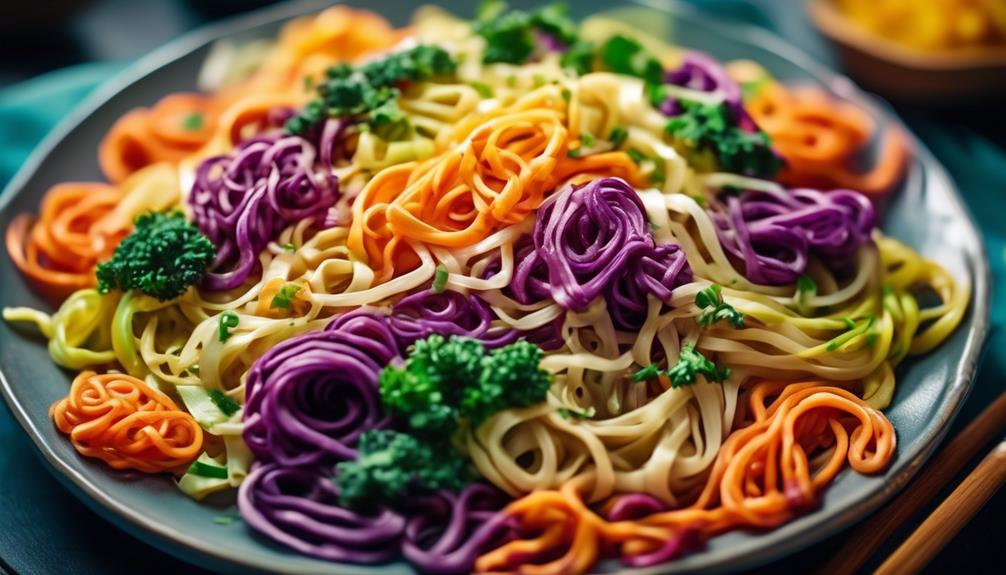
If you're looking for another low-carb noodle swap to add to your keto recipes, consider trying celeriac noodles. Celeriac, also known as celery root, is a vegetable with a mild, celery-like flavor. It's low in carbs and calories, making it a great option for those following a ketogenic diet.
Here are some key points about celeriac noodles:
- Nutritional Value: Celeriac is rich in vitamins C and K, as well as minerals like potassium and phosphorus. It also contains fiber, which can help with digestion and promote feelings of fullness.
- Low in Carbs: Celeriac noodles are a great alternative to traditional pasta, as they're significantly lower in carbs. This makes them suitable for those on a low-carb or keto diet.
- Versatile: Celeriac noodles can be used in a variety of recipes, such as stir-fries, soups, and salads. They can be cooked quickly and easily, making them a convenient option for busy individuals.
- Flavorful: While celeriac noodles have a subtle celery flavor, they can easily absorb the flavors of sauces, spices, and seasonings. This makes them a versatile ingredient that can be incorporated into a wide range of dishes.
Incorporating celeriac noodles into your keto recipes can add variety and texture while keeping your carb intake low. Experiment with different recipes to discover new and delicious ways to enjoy this nutritious vegetable.
Conclusion
In the quest for low-carb alternatives to traditional noodles, these eight options provide a delicious and nutritious solution for keto recipes. From the versatile Shirataki noodles to the flavorful Zucchini noodles and the satisfying Spaghetti Squash, each swap offers a unique texture and taste.
With these noodle swaps, you can enjoy your favorite dishes while staying on track with your low-carb lifestyle. Embrace the culinary adventure and explore the symbolism of these noodle swaps for a healthier and tastier journey.

